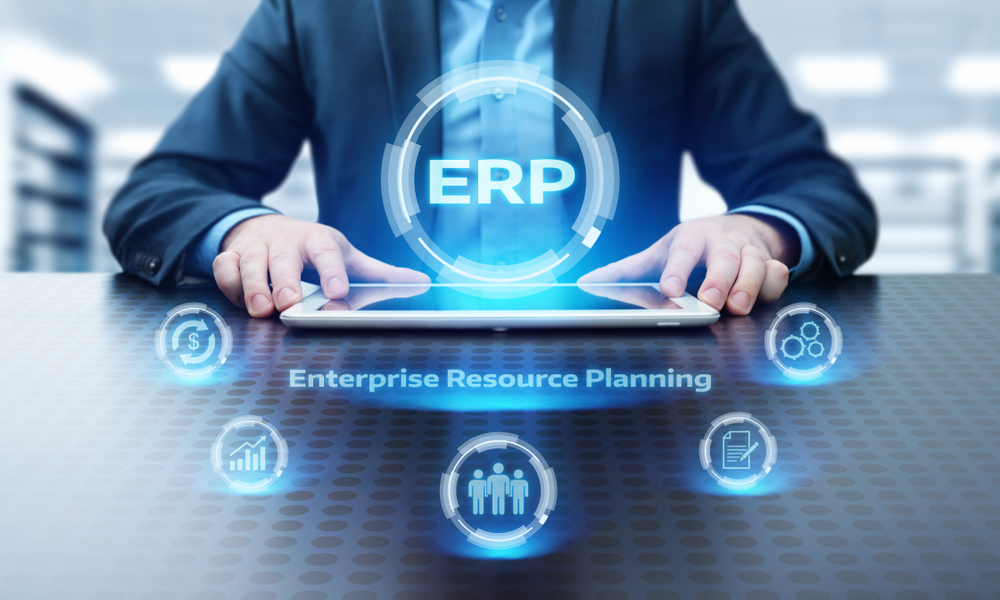Technology Debt – What Is It, Do You Have It, and Why You Need to Address It
Leave a CommentMost, if not all, businesses today rely on IT systems of one type or another to operate.
In an ideal world, these will be modern IT systems that require minimal and predictable effort to maintain and operate in the same capacity as when it was first commissioned.
This does not mean there will be zero costs to maintain a well-operating system.
- If updates are installed, hardware is kept in good working order, backups are regularly made, and performance is monitored, your system will function as expected, with costs related to these activities costs typically a solid / high return IT investment
- If you have chosen the right IT system for your needs, configured it correctly, and have the right blend of in-house and external resourcing to maintain it (see above), it should perform as needed, cost effectively, for a sustained period of time.
Combined, you should be empowered to focus on managing and growing your company, with your IT systems acting as enabling tools (versus constraints).
Unfortunately, none of us live in an ideal world. Most of us must deal with some mix of old, aging, or outdated IT applications that are utilized for core business processes. Even those of us who have been able to migrate to Cloud and SaaS platforms often live in a world where, individually, these applications are great, but implementation was approached in a siloed way, meaning there is little to no integration between core systems, making seamless data sharing and automation an unrealized promise.
Combine this with a lack of in-house IT resources to maintain or update system configurations (the people who implemented the system no longer work for you, you don’t have enough people who “know” or understand the systems well enough, or customizations and code bases have somehow become unmanageable, etc.) and you have “technology debt.”
What this means is that, as technology, business needs, and your organization evolve over time, relative IT system performance degrades (e.g., the system gets slower or harder to use, benefits delivered decline, the system doesn’t have all the “features” etc. you want or now need, it is hard / slow / impossible to make changes, and issues with “capability fit” to current business needs and processes emerge) and / or the effort and cost required to operate, maintain, and enhance your IT systems grows.
Does any of this sound familiar?
Unfortunately, all too often, addressing technology debt (i.e., implementing modernized IT systems) is deferred until “pain” becomes too acute or unbearable to ignore, with IT system issues either hampering revenue growth, profitability, or operational efficiency and effectiveness, either as an organization, and / or relative to your competition.
Letting technology debt get so bad that the rationale for modernization is “we have to” is a sorry state of affairs, based on misconceptions and fear over costs, difficulty to implement, and a general aversion to change. The reality is that, while IT system modernization is seldom “easy”, the goal is to enable performance improvement and the end result of IT modernization done well is typically a reduction in total cost of ownership / operation and meaningful returns on the investments made, both financially and operationally, with any change to business processes viewed as overwhelmingly positive over the medium to long term.
Still, if you believe or suspect that aspects of your IT systems are holding your business back, it is still hard to know where to start: your IT department are probably well able to explain what the issues are, but less able to articulate how to solve them moving forward, because their focus and expertise is typically business continuity versus systems modernization.
This is why Core Catalysts has developed a rapid and cost-effective IT assessment methodology that helps identify and diagnose IT issues, opportunities, and technology debt, and make recommendations on how to modernize systems cost effectively to deliver meaningful results.
Over the course of hundreds of engagements, we have helped our clients reduce licensing and maintenance costs, update business processes, and improve profit margins, often leveraging modernized “Cloud” and “SaaS” solutions in targeted, thoughtful, and integrated ways to deliver enhanced business results.
If you would like to find out more about our IT assessments and system modernization expertise, reach out to us today!
-Core Catalysts Team





